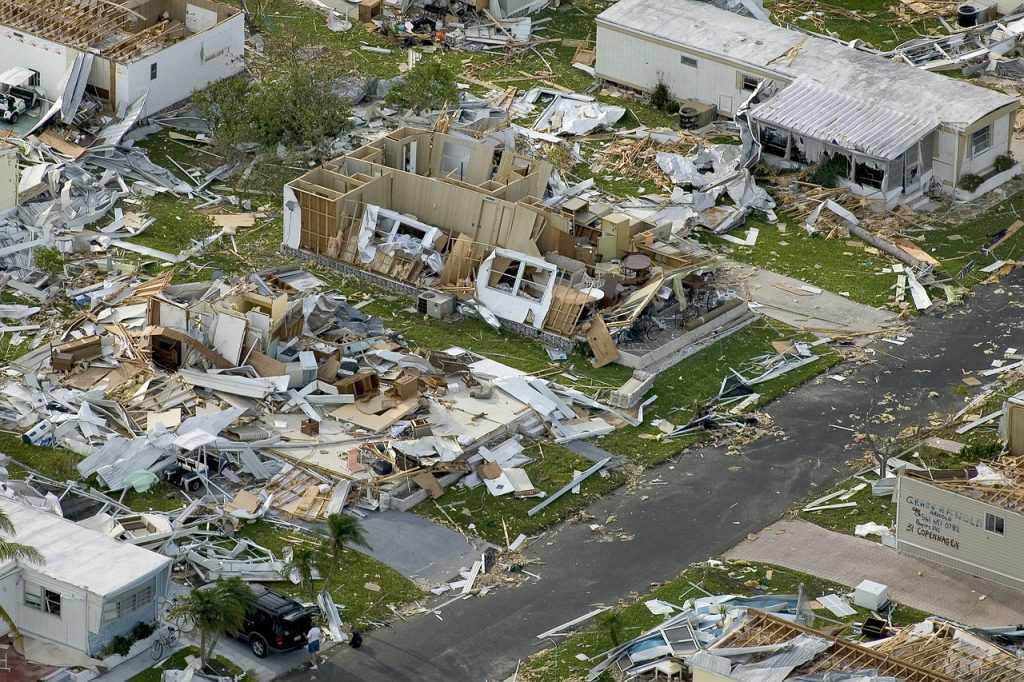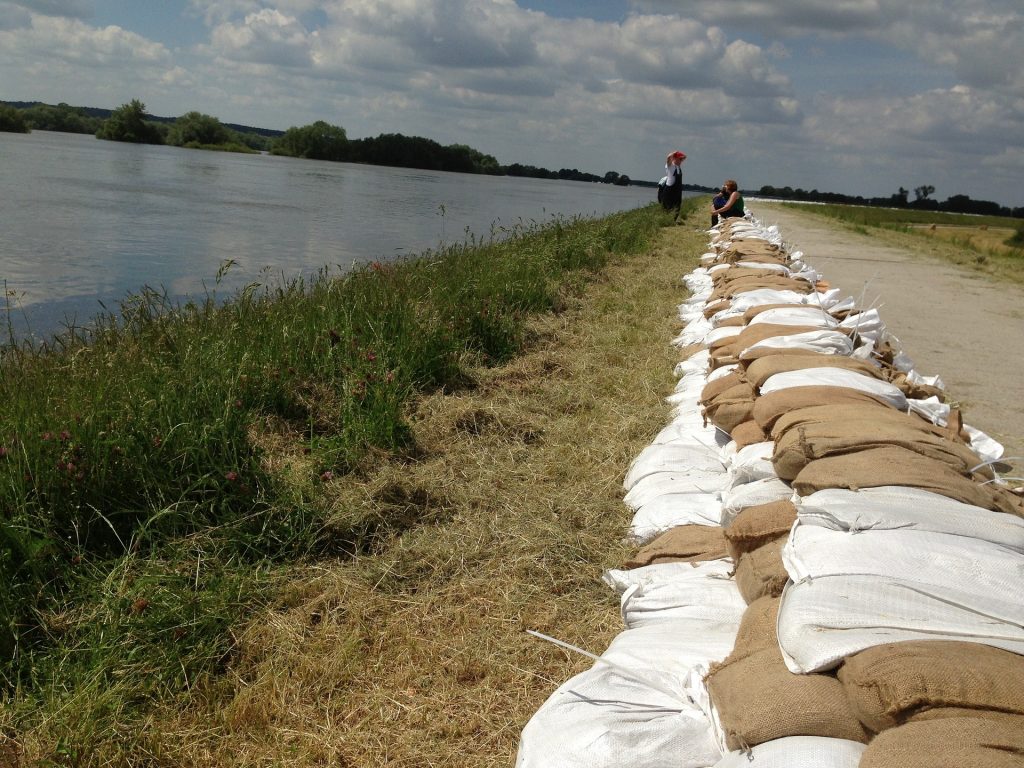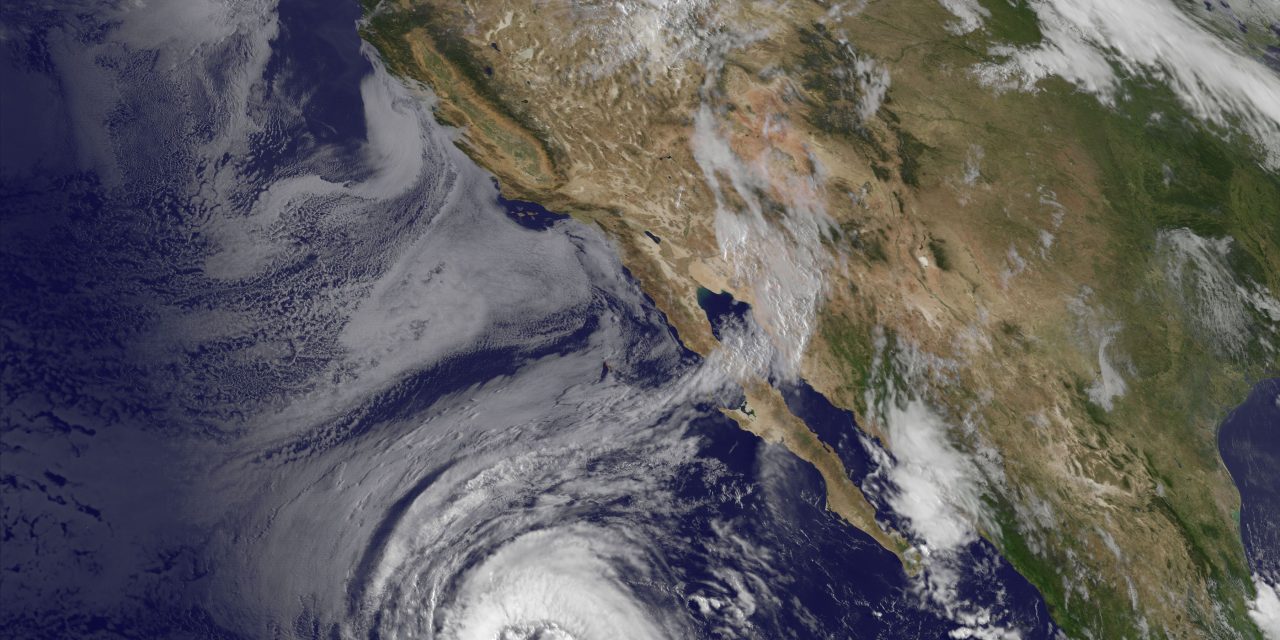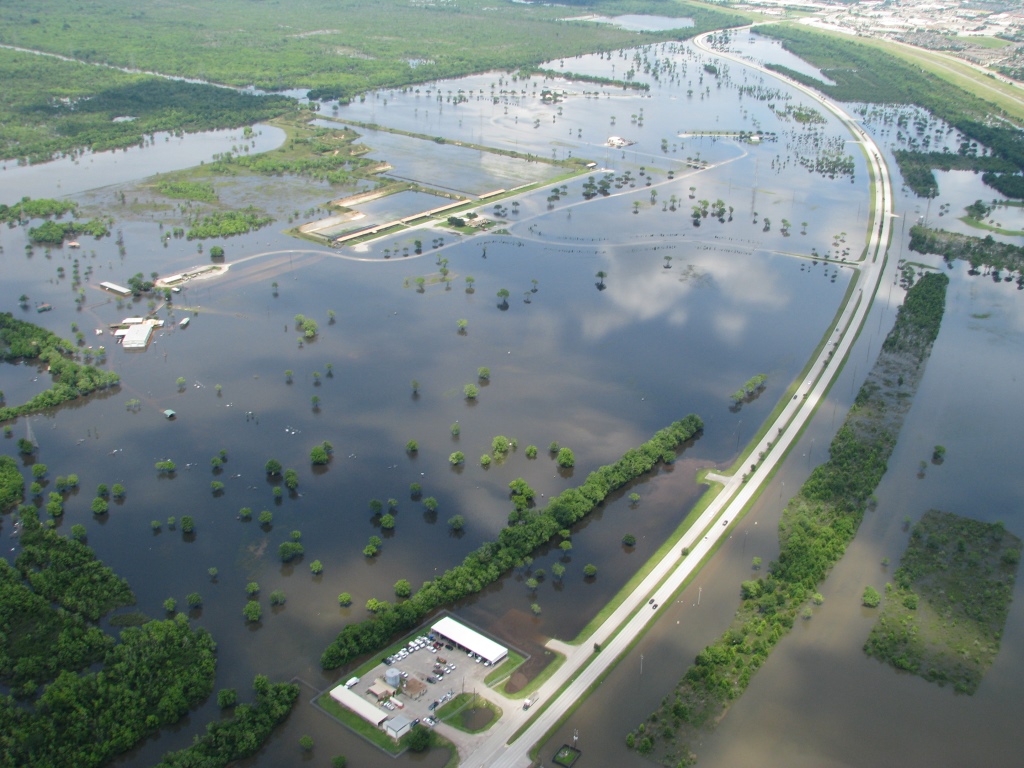When local weather forecasts miss the mark, the risks are often as small as getting caught in a surprise downpour. Scale up the same margin of error to hurricane forecasts, however, and it could spell billions in extra costs — either from storm damages associated with under-preparation or from investment in pre-storm protective measures that prove unnecessary. Federal agencies, such as the U.S. National Oceanic and Atmospheric Administration (NOAA), have an interest in identifying the true extent of these extra costs, which can help justify investments in hurricane-forecasting capabilities.
Quantifying the costs of forecast inaccuracy is complicated, explained Renato Molina, an environmental economist at the University of Miami (Florida). Hurricane forecasts directly affect how both governments and individuals prepare — boarding up windows, deploying sandbags, or coordinating evacuations. While these adaptation practices make a clear, often quantifiable difference for preventing damages, Molina described that focusing solely on these practices largely ignores the value of the information that drives them.
“This creates the problem that all damages are confounded with adaptation, and thus are not the true value of the forecast information, per se,” Molina said.
Molina is working with Cornell University (Ithaca, New York) Environmental Economist Ivan Rudik on a NOAA-funded research project attempting to establish a clear relationship between improvements in hurricane-forecast accuracy and financial savings. The pair’s approach, detailed in a working paper published by the U.S. National Bureau of Economic Research, is unconventional in its ability to quantify the value of what does not happen in addition to what does.
“Our method allows us to price the true value of making the forecast better,” Molina said.
Pinpointing the Price of Miscalculation
In 2005, the U.S. Atlantic coast experienced a total of 27 named storms, 14 hurricanes, and three Category 5 storms — including Hurricane Katrina, the costliest natural disaster in U.S. history. Weathering what was then the most active hurricane season in recorded history demonstrated the need for early, accurate, and reliable warnings ahead of extreme storms. This need prompted the U.S. Congress to commission NOAA’s Hurricane Forecast Improvement Project (HFIP) in 2007. In the years since, research coordinated under HFIP has driven increasingly sophisticated hurricane-prediction tools.

Studying this progression provided Molina and Rudik a valuable foundation for their study, which examines pre-storm forecasts and post-storm impacts for virtually all major U.S. hurricanes between 2005 and 2020. From historical NOAA data, the researchers compiled predictions of maximum wind speed, travel path, and rainfall totals at 1, 2, and 3 days before each expected storm made landfall.
They used statistical methods to study patterns between the nuances of these forecasts and post-storm outcomes based on county-level data from the U.S. Federal Emergency Management Agency as well as Arizona State University’s (Tempe) Spatial Hazards Event and Losses Database for the United States (SHELDUS). Working from this data, they extrapolated the average cost of different pre-storm preparation and post-storm recovery tactics. These tactics included establishing shelters, deploying temporary levees, generating emergency power, and repairing or replacing damaged infrastructure. Their analysis also considered costs associated with injuries and fatalities.
For reasons of practicality, the study focuses solely on how governments — rather than individuals — behave in reaction to storm forecasts.
“In our paper, we focus on government actions because there’s a paper trail that helps us unveil how much money is allocated to protect and rebuild,” Molina said.
One pattern Molina and Rudik noticed is that forecasts of a coming storm’s maximum wind speed make a major difference in its associated costs. Their analysis finds that counties will receive approximately USD $30 million more in federal funding per storm event when forecasts predict they will experience hurricane-force winds. Conversely, when forecasts underestimate maximum wind speeds, resulting damages tend to skyrocket. The study notes that a forecast miscalculation of 10 m/s (33 ft/s) slower than a storm’s actual maximum wind speed increases county-specific damages by an average of $500 million, for example.
Advancements under HFIP have resulted in a nearly 50% decline in wind-speed prediction errors since 2007, the researchers estimate. According to their study, this improvement equates to about USD $5 billion in savings nationwide per storm event in 2020 compared to 2005 — either by mitigating deaths and damages or by inspiring confidence in decisions not to invest in pre-storm adaptation measures. That amount, realized after a single hurricane, exceeds the entire annual budget for all U.S. federal weather-forecasting activities, authors note.
Predicting the Increasingly Unpredictable
While federal hurricane-prediction capabilities have experienced significant improvement within recent decades, hurricanes themselves have become increasingly unpredictable in their behavior. Scientists are still unclear as to whether hurricanes are forming more frequently due to warming atmospheric temperatures. However, one agreed-upon observation is that hurricanes worldwide have grown more intense within the last 40 years and reach wind speed criteria typically reserved for the world’s most intense storms with increasing frequency.

Molina and Rudik’s study posits that as major storms become even less predictable — particularly as they approach coastlines — the value of sophisticated forecasting tools increases.
“Recent storms have had a tendency to intensify rapidly near landfall, and many atmospheric science experts think this increase in intensification is due to climate change,” Molina said. “If climate change will make rapid hurricane intensification a more common phenomenon, then there’s quite a lot of social value in being able to forecast these climate-fueled storms.”
As the researchers fine-tune their method of quantifying the value of forecasting improvements, they also are looking beyond just hurricanes. More accurate predictions of droughts, heatwaves, inland storms, and other severe weather also could save money — but until now, it has been difficult to estimate how much.
Additionally, they are exploring questions surrounding the sources of data underpinning weather forecasts. For example, how do the costs associated with gathering forecast data via aircraft observations compare to the costs of operating weather-monitoring satellites? Do the differences in forecast accuracy between these methods justify the savings they provide after a storm occurs?
The answers have the potential to shape the future of how federal agencies manage the crucial forecasting systems that protect people and property during a natural disaster.
Read the full working paper, “The Social Value of Hurricane Forecasts,” published by the U.S. National Bureau of Economic Research.
Top Image courtesy of U.S. National Aeronautics and Space Administration/U.S. National Oceanic and Atmospheric Administration

ABOUT THE AUTHOR
Justin Jacques is editor of Stormwater Report and a staff member of the Water Environment Federation (WEF). In addition to writing for WEF’s online publications, he also contributes to Water Environment & Technology magazine. Contact him at jjacques@wef.org.






